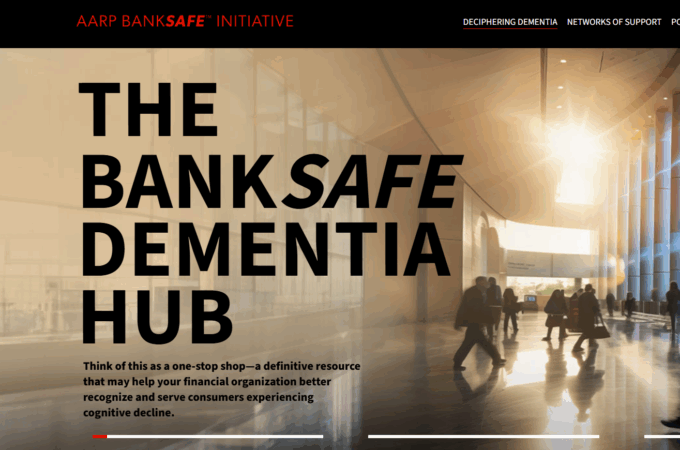Fraud prevention isn’t just a seasonal topic anymore. From AI-assisted scams to grandparent cons, the volume and sophistication of fraud targeting older adults is growing. Even the most financially savvy clients are vulnerable.
Now, imagine how these risks escalate when someone is experiencing cognitive decline.
We’re seeing more conversations in the media and on social platforms, which serve as reminders to stay alert, talk to loved ones, and keep up to date on emerging scam tactics. And this growing awareness is essential. But for financial services professionals, vigilance needs to extend beyond personal concern.
Advisors are often the first to notice subtle signs. Missed payments, unusual transfers, or confused conversations about long-standing financial arrangements can be early indicators that something isn’t right. Beyond simply flagging concerns, how can we be more prepared?
Early Signs That Matter
According to elder capacity planning experts, financial missteps often emerge well before a dementia diagnosis. Subtle red flags such as repeated login issues, unusual bank machine withdrawals, or changes in payment habits can indicate early cognitive decline.
In our blog post, Plan for Diminishing Capacity: Pre-dementia Financial Warning Signs, we described this as a “leaky financial pipeline.” Small drips begin to add up, such as forgotten bills, duplicate payments, or misplaced banking cards. These are the kinds of patterns that wealth advisors and bankers are uniquely positioned to catch.
Research cited in our blog post, Financial Issues: An Early Warning Sign of Memory Disorders, shows that financial decision-making challenges may appear up to 5 years before a formal diagnosis. Increased impulsive spending, poor judgment around gifting, or heightened interest in risky schemes may be more than quirks. These behaviours can be early indicators of memory impairment.
AARP’s BankSafe Dementia Hub: A Practical Tool
To help advisors feel more confident and capable, the AARP BankSafe Dementia Hub offers bite-sized, actionable resources. It is designed specifically for professionals in banking, wealth management, and financial services.
The helpful tools include:
- Empathy-driven strategies to recognize and respond to early signs of dementia
- Guidance on the Trusted Contact Person (TCP) and how to involve them appropriately
- Policy-level best practices for advisors and firms working without a formal diagnosis
- Two tip sheets:
- Creating a Dementia-Friendly Environment
- Dementia Friendly Hints & Tips
These resources are especially helpful when you need to act quickly and navigate the intersection of professionalism, care, and compliance.
A Gentle Reminder
Staying informed isn’t just good practice. It protects relationships, builds trust, and ensures clients feel safe and supported. Consider bookmarking the BankSafe Dementia Hub as a go-to reference when navigating delicate client situations.
Written by Danielle Wintrip


0 Comments